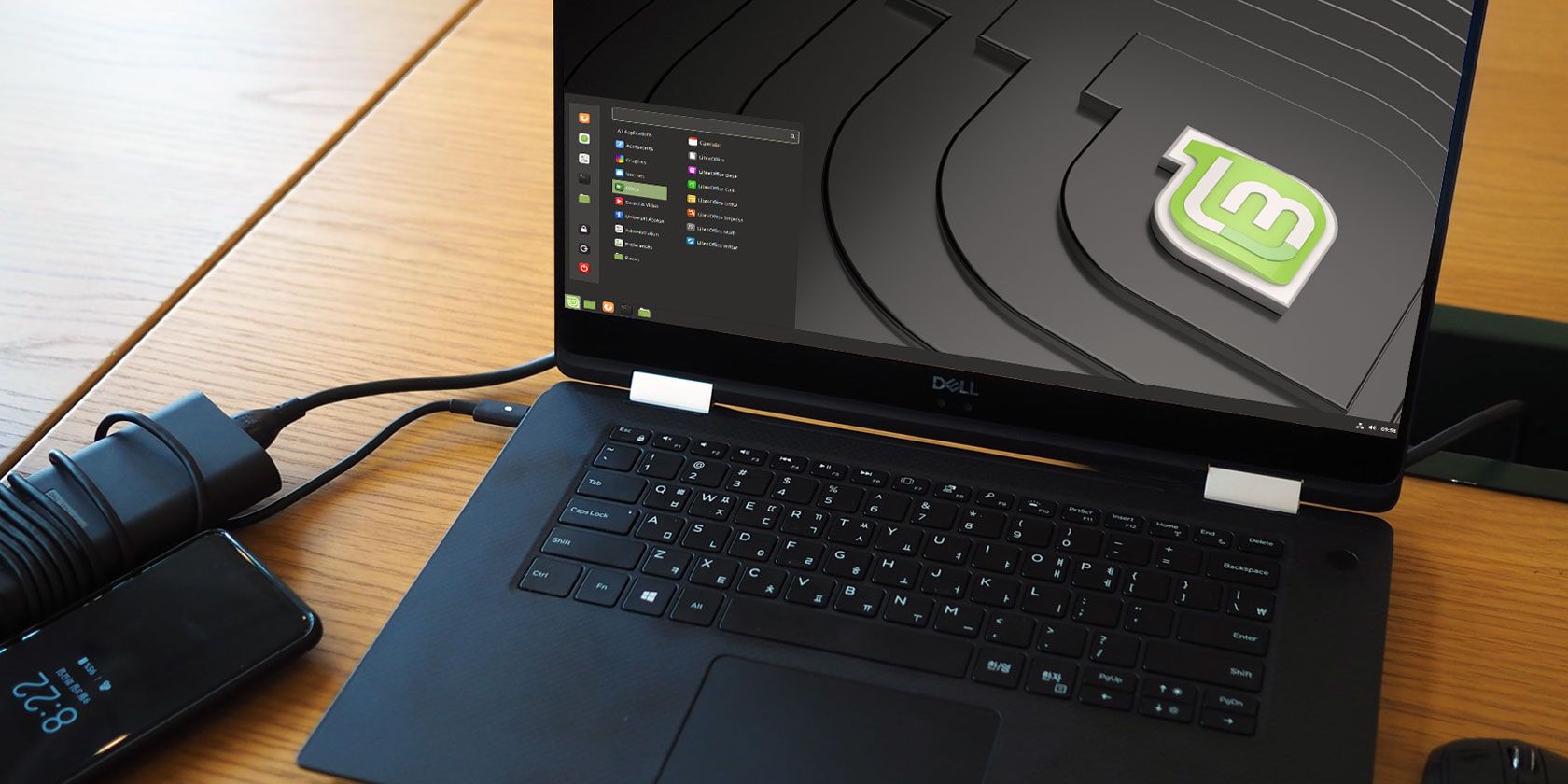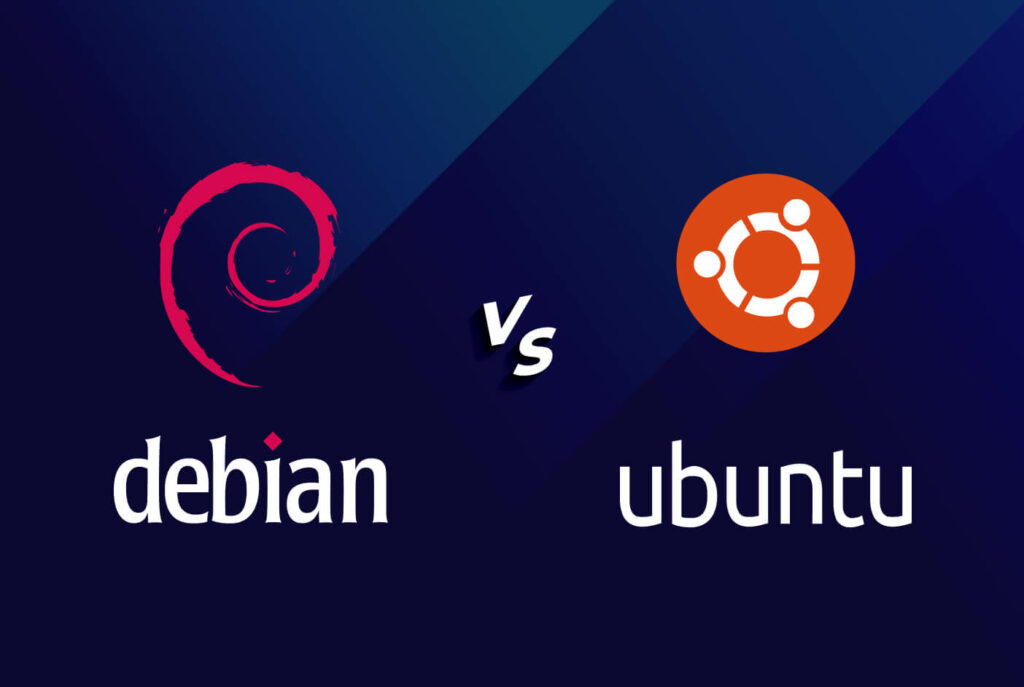Debian vs. Mint: Which Is the True King of Stability?

In the realm of Linux distributions, Debian and Linux Mint are renowned for their unwavering stability. Both distributions prioritize longevity and reliability, making them popular choices for servers, workstations, and desktops alike. However, subtle differences in their foundations and target audiences influence the stability experience they offer.

Debian: The Bedrock of Stability

Debian is the oldest and one of the most stable Linux distributions, known for its adherence to the “stable first” release model. This means that new software packages and features are thoroughly tested and only make their way into the official repositories when they are deemed stable enough. As a result, Debian systems are less prone to unexpected crashes, security vulnerabilities, or breaking changes.
However, the downside to Debian’s stability is that it can sometimes lag behind in terms of the latest software and hardware support. Since new features and updates are only introduced after extensive testing, users may have to wait a bit longer than they would with other distributions to get their hands on the newest technologies.
Linux Mint: Stability with a Touch of Innovation
Linux Mint is a Ubuntu-based distribution that combines the stability of Debian with a more user-friendly and feature-rich desktop experience. While it also emphasizes stability, Mint adopts a rolling release model for its “stable” branch, which means that users receive regular updates and improvements without having to reinstall the entire operating system.
This rolling release model allows Mint to incorporate newer software versions more quickly, but it also introduces the potential for more frequent minor updates and bug fixes as compared to Debian’s less frequent but more extensive updates. Additionally, Mint customizes certain aspects of the system, such as its own desktop environment and software selection, which can add an element of complexity that Debian avoids.
Choosing the True King of Stability
Ultimately, the choice between Debian and Linux Mint for stability depends on individual preferences and needs.
For those prioritizing absolute stability, longevity, and minimal interruptions, Debian is the undisputed champion. Its uncompromising adherence to the stable release model ensures a rock-solid foundation for mission-critical systems or long-term deployments where reliability is paramount.
On the other hand, if a balance between stability and access to newer software and features is desired, Linux Mint offers a compelling option. Its rolling release model keeps systems up-to-date while maintaining a reasonable level of stability, making it a suitable choice for daily use, workstations, and desktops.
Regardless of which distribution is chosen, both Debian and Mint provide an exceptional level of stability that has earned them their reputation as the true kings of stability in the Linux landscape.## Debian Vs. Mint: Which Is The True King Of Stability?
Executive Summary
Whether you’re a Linux veteran or a novice user, stability is a crucial factor to consider when choosing a Linux distribution. Two distros that consistently rank among the most stable are Debian and Mint. While both offer a reliable and secure computing experience, they have distinct characteristics that cater to different user preferences. This article will delve into the key differences between Debian and Mint, helping you make an informed decision about which distro is the “true king of stability” for your needs.
Introduction
Linux distributions, often referred to as distros, are operating systems built upon the Linux kernel. Among the plethora of distros available, Debian and Mint stand out as paragons of stability and reliability. This article will provide a comprehensive comparison of Debian and Mint, examining their strengths, weaknesses, and suitability for various user profiles.
Package Management
Debian: Debian employs the venerable Advanced Package Tool (APT) for package management. APT offers a vast repository of software packages, ensuring access to a wide range of applications and utilities. Debian’s stringent quality control ensures that packages are thoroughly tested and updated regularly, contributing to the distro’s renowned stability.
Mint: Mint utilizes APT as well, but differs from Debian in its approach to package updates. Mint follows a more conservative update policy, prioritizing stability over the latest software versions. This approach minimizes the risk of introducing bugs or compatibility issues, further enhancing the distro’s stability.
Release Cycle
Debian: Debian adheres to a predictable release cycle. New stable releases are issued approximately every two years, providing long-term support and ensuring a stable computing environment. Debian’s “testing” and “unstable” branches offer access to newer packages but come with a trade-off in stability.
Mint: Mint adopts a rolling release model, meaning that continuous updates are provided without the need for major version upgrades. This approach ensures that users always have access to the latest software and security patches, but it can potentially introduce more frequent stability concerns.
User Interface
Debian: Debian offers multiple desktop environments, including GNOME, KDE Plasma, and Xfce. This flexibility allows users to choose the interface that best suits their preferences and workflow. However, the default desktop environment, GNOME, can be resource-intensive and may not be ideal for older or less powerful hardware.
Mint: Mint comes with the Cinnamon desktop environment, which is developed and maintained by the Mint team. Cinnamon is known for its user-friendliness, intuitive design, and efficient resource utilization, making it a suitable choice for a wide range of users, including beginners and users with older hardware.
Community Support
Debian: Debian boasts a vast and active community of users and contributors. This community provides extensive documentation, tutorials, and support forums, enabling users to find assistance and resolve issues promptly. Debian’s long-standing presence in the Linux ecosystem has fostered a wealth of knowledge and expertise within its community.
Mint: Mint also enjoys a vibrant and supportive community. While smaller than Debian’s, the Mint community is highly dedicated and responsive. Users can access a wealth of resources, including user guides, discussion forums, and dedicated support channels.
Conclusion
Debian and Mint are both excellent Linux distributions that prioritize stability and reliability. Debian’s rigorous package management and predictable release cycle provide long-term stability, while Mint’s conservative update policy and rolling release model balance stability with access to newer software. Ultimately, the choice between Debian and Mint depends on individual preferences and use cases. Debian is a solid choice for users seeking a highly stable and customizable platform, while Mint is ideal for those who prefer a user-friendly and consistently up-to-date distro.
Keyword Phrase Tags
- Debian stability
- Mint stability
- Linux stability
- Package management
- Community support


A well-written and informative article. I found it very helpful in understanding the differences between Debian and Mint.
I’m not sure I agree with the author’s conclusion. I’ve used both Debian and Mint, and I’ve found Mint to be more stable.
I’m curious to know what other users think about this. I’ve only used Ubuntu, so I don’t have any experience with Debian or Mint.
The author’s argument is flawed. They fail to take into account the fact that Mint is based on Debian, so it benefits from all of Debian’s stability.
I find it ironic that the article is about stability, but the author’s conclusion is anything but stable.
Wow, this article is so informative. I’m sure it will be a big help to all the people who are trying to decide between Debian and Mint.
I’m not sure which distribution is the true king of stability, but I do know that I’m hungry. Anyone want to get some pizza?
I think the author makes a good point about the stability of Debian. However, I also think that Mint is a great choice for users who are looking for a more user-friendly distribution.
I’m not sure I’m ready to switch from Ubuntu to Debian or Mint. I’ve been using Ubuntu for years, and I’m afraid of change.
I’m wondering if there are any other Linux distributions that are as stable as Debian and Mint.
I think the author is biased towards Debian. They don’t give Mint enough credit for its stability.
I’m not sure why the author is even comparing Debian and Mint. They’re both great distributions.
I’m sure the author of this article knows a lot about Linux, but I’m not sure they’re the best writer.
I’m not sure which distribution is the true king of stability, but I do know that I’m the king of puns.
I found this article to be very helpful in understanding the differences between Debian and Mint. Thank you for writing it.